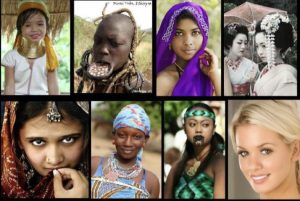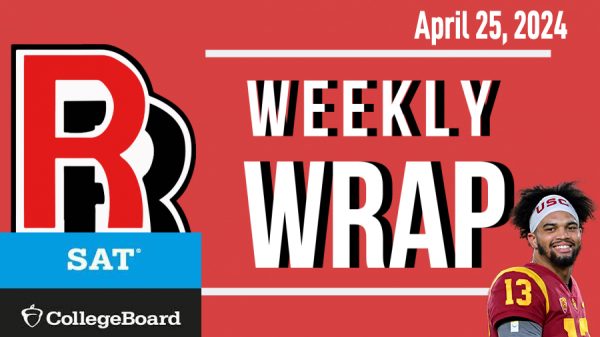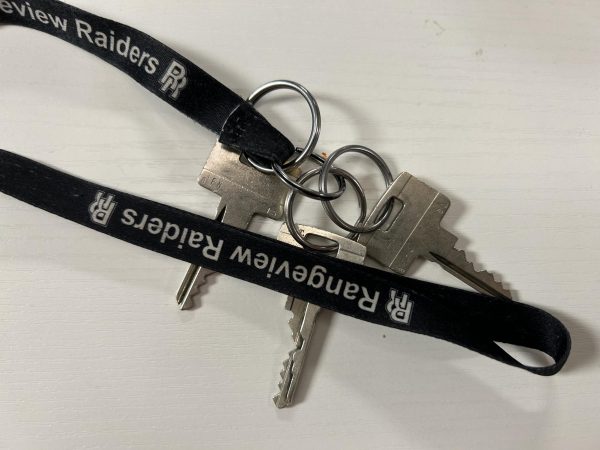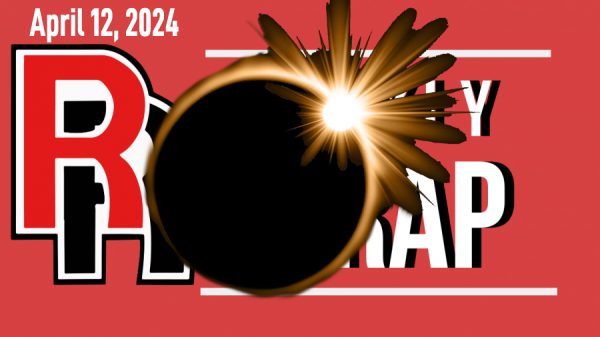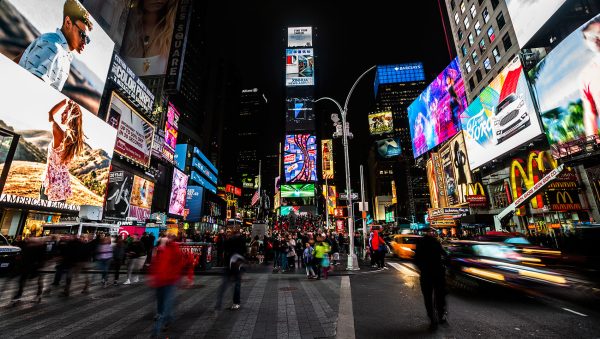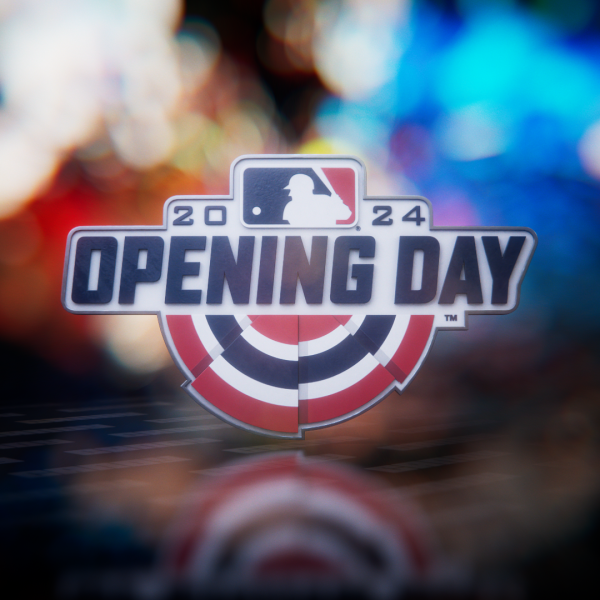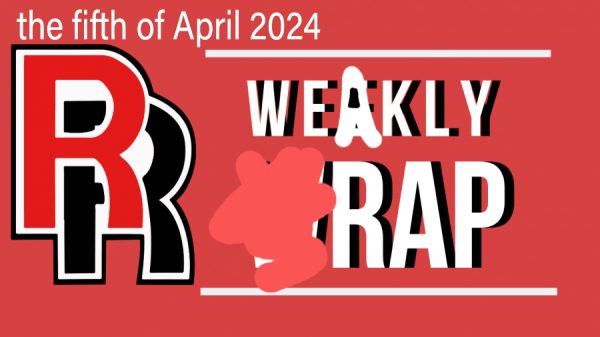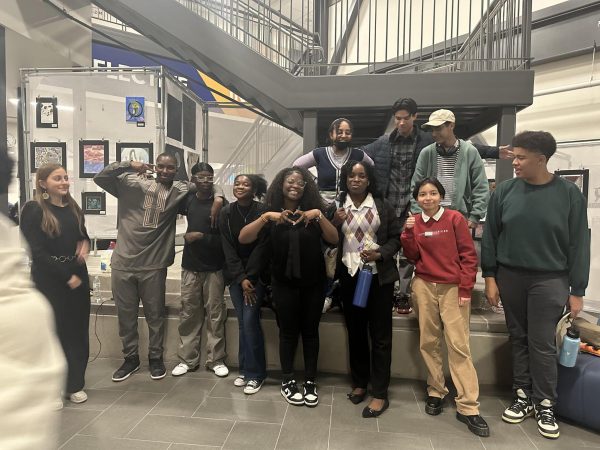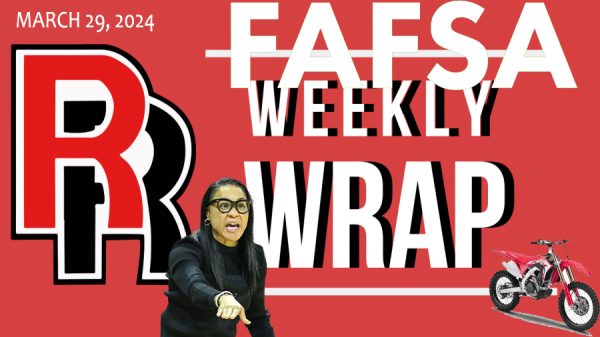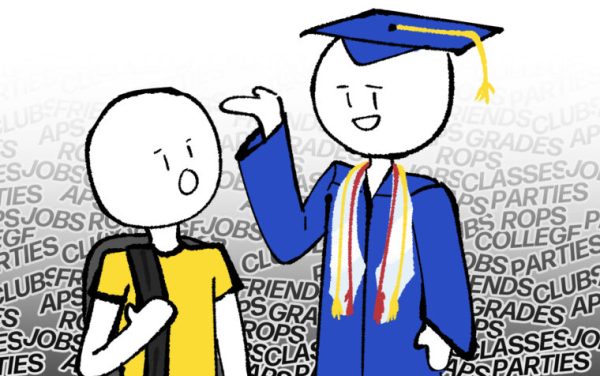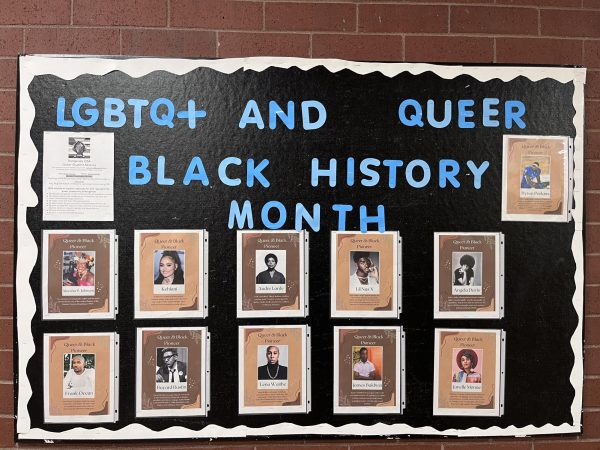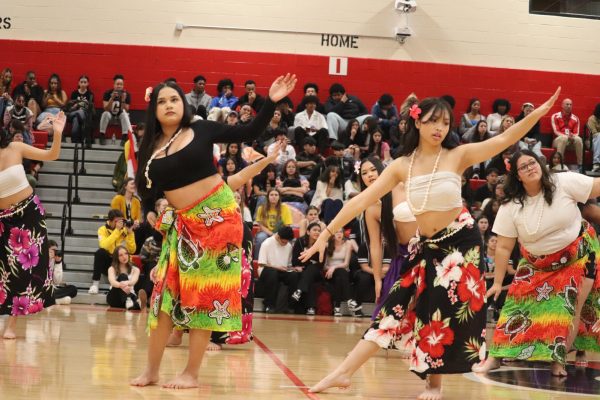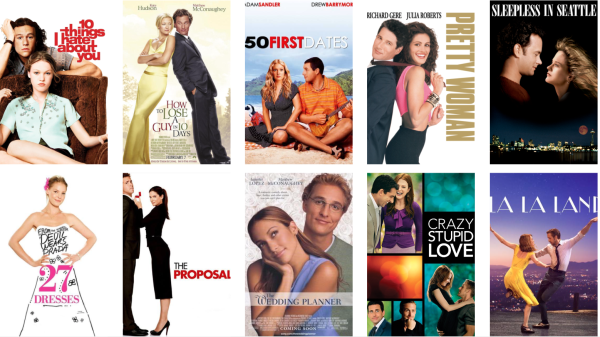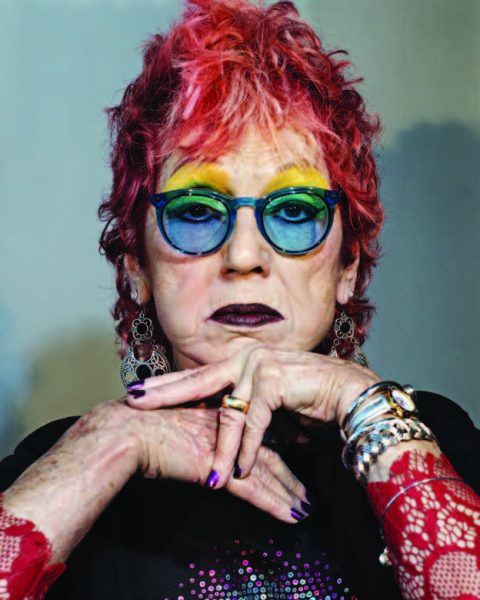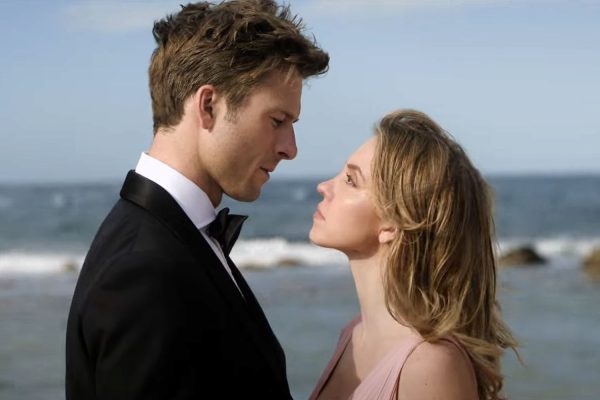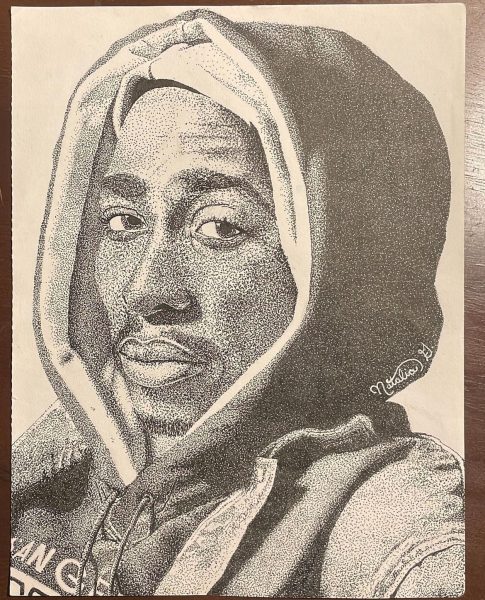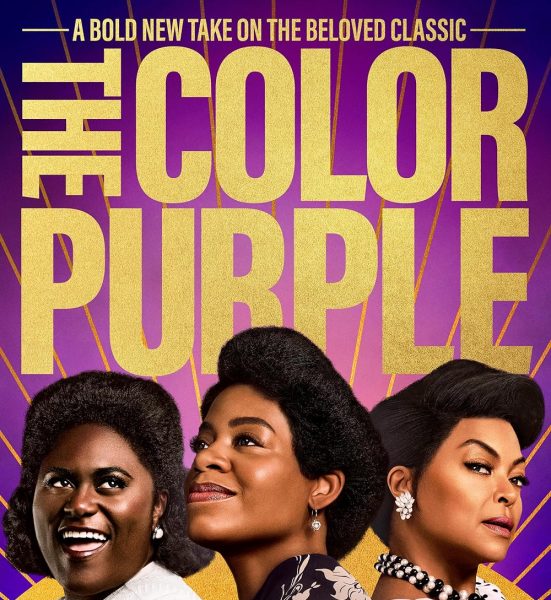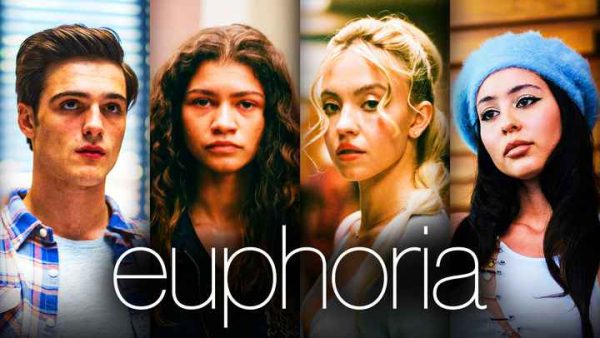Today’s Problem With Content Creators
January 25, 2021
CW: Mentions pedophilia, grooming, and manipulation topics.
Imagine your favorite content creator. They could be a comfort streamer, someone you watch to make yourself feel better; someone who is a role model, or just plain attractive and funny. In any sense, content creators hold the charismatic power of drawing people in. This power can easily be used negatively, such as when a creator uses it to exploit their fans and abuse the relationship of influencer vs. fan.
Content creators have a lot of expectations. They are expected to respect their following, pay attention to them, and provide quality content that viewers can enjoy. Howeve
r, they also have to be honest and true about themselves, unless that’s their whole trope.
It’s easy to get caught in the fire of cancel culture with these expectations set, even for a miniscule thing. Old content can resurface. Nothing is ever truly deleted from the internet. It’s an oddly common theme among creators.
A more recent headline in terms of falling from fame, Twitch streamer and YouTuber CallMeCarson (Carson King) has been reported to the police for grooming minors (by fellow YouTuber Slimecicle). King has since stated that this was all a mistake, and few argue that the age gap is so small, Carson being 19 and the fans being 17 at the time. This takes into consideration romeo and juliet laws, but that leaves no excuse for manipulating his fanbase and being a toxic person.
Fame can get to one’s head, people see it in celebrities day by day, with illogical actions and greed, and King is only one of many. Alongside this, there have also been allegations of him being manipulative, King even stating that he himself has imposter syndrome (where someone doubts their skills and fears everyone may think they don’t deserve their accomplishments).

“He’s gross, it’s why I don’t have respect for him,” sophomore Aiden Gamel said. “He treats [his friends and fans] like garbage and he’s not funny at all. I feel like [fans/appealing to fans] is the point of making content, however, I don’t agree with the way creators extort their fans, and they’re pretty cruel about it too.”
Another example of a YouTuber gone downhill is Shane Dawson, a well-known comedic YouTuber who many loved until time after time he had to apologize for his actions: doing blackface, making racist remarks, pedophilia, sexualizing animals, and manipulation. He had what many would claim dark humor, or edgy comedy, but Dawson went a bit too far with his jokes.
Dawson had made an underage girl twerk on camera, kissed a minor at a convention, and had a knack for sexualizing children in general. This is only one of many instances of a creator manipulating their fans for content or entertainment purposes. He proceeded to apologize in his “Taking Accountability” video published on June 26, 2020.
Sophomore Georgia Bonsu spoke out about her stance on Shane Dawson with his relationship with his fans as well as his drama, saying, “Shane is a person who says he’s working on himself but isn’t really, he’s just trying to get people to care about him. It’s not right of him to exploit people, animals, especially underage fans for content.”
Before Carson and Shane, many YouTubers and creators have taken a fall for their actions or have been cancelled. Some honorable mentions are JinBop, Cryaotic, Laura Lee, Trisha Paytas, PewDiePie, Ryan Haywood, Nick Robinson, and other creators. A handful of these creators have been cancelled, possibly even arrested, for allegations of grooming/sexting minors among other things, while the other half have dug themselves a grave of apology videos, mistakes from their past, and the inability to appeal remorse.
The main, quick solution creators have been taking to either diffuse the problem or solve it has been apology videos. There’s a wide variety, ranging from a couple minute video apologizing, or going full-out, bawling for an hour, talking about everything. They also vary through platforms, like using an Instagram story, a notes app, or just a YouTube video. But, do apology videos truly work?
Looking at YouTubers such as Trisha Paytas and Laura Lee, a light of untrustworthiness has been shed on apology videos, and people haven’t been taking them seriously since. In contrast, fans have been giving more leniency to creators such as Jenna Marbles and Colleen Ballinger.
“Apology videos are just guilt trips and empty apologies,” said Gamel. “Creators should promise not to do it again, and if they do, they should punish themselves somehow.”
With the large array of videos, it’s hard to distinguish a genuine apology from another. Is hiding behind a notes app more genuine than making a YouTube video, or is making a video more suspicious to acting than using a screenshot? Do longer videos make it more real, or do shorter videos give a short and simple apology?
Taking a look at this, there’s no right way to apologize to someone. The common trend is to take responsibility for actions, be empathetic and apologize, and offer a solution or way to get better. But, the more one talks, the more someone can say things that may make them seem worse. Longer videos have the chance to explain an entire situation from beginning to end, but it also stretches out the situation and could be a way of gaslighting or making excuses.
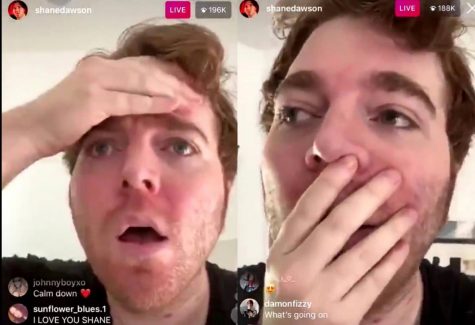
Looking at platforms such as Twitter or Instagram, where large creators have made long threads or simply posted something from their phone as an apology, you can’t see a physical reaction, so it’s hard to tell if it’s genuine. Those can be used as physical evidence and can spread like wildfire, especially photos or evidence. Alongside that, an apology is different than calling someone out and placing the blame on them.
With this, it’s hard to say what to do with these creators. Streaming sites such as Twitch make the decision to remove their partnerships and sponsoring from creators they deem unsafe for their platform, and some platforms like Facebook remove groups for them entirely. But, what about the places where it’s lenient and censorship is slim, like YouTube and Twitter, who are very open about who they let speak on their platforms and if they can keep making content?
Steps need to be taken to stop the spread of unsafe creators and ones that manipulate their fan base alongside their friends. Platforms like these need to do some digging. Even though they’re outspoken places to be, where people are allowed to speak their mind and do as one will, moderators should make the space free to talk about it, but make sure the creator can’t do another bad deed again. The issue with this is people would say this is against freedom of speech, and that the platform is taking away their voice. There is no right way to go about this, either.
Through all of the toxic events that can unfold from moments like these, we can look forward to creators that are up and coming, smaller ones who bring genuine joy to ones who will listen. Take for example, hollowtones, a wholesome streamer who sets a positive example. There are a lot of small creators who are worth checking out.
Keep an eye out for people you watch that might have another side to their story. Something that they’re hiding deep down, or when they’re overly friendly to their fans. You never know how someone may act when all eyes are on them, or when fame and popularity get to their head and they crave more.

